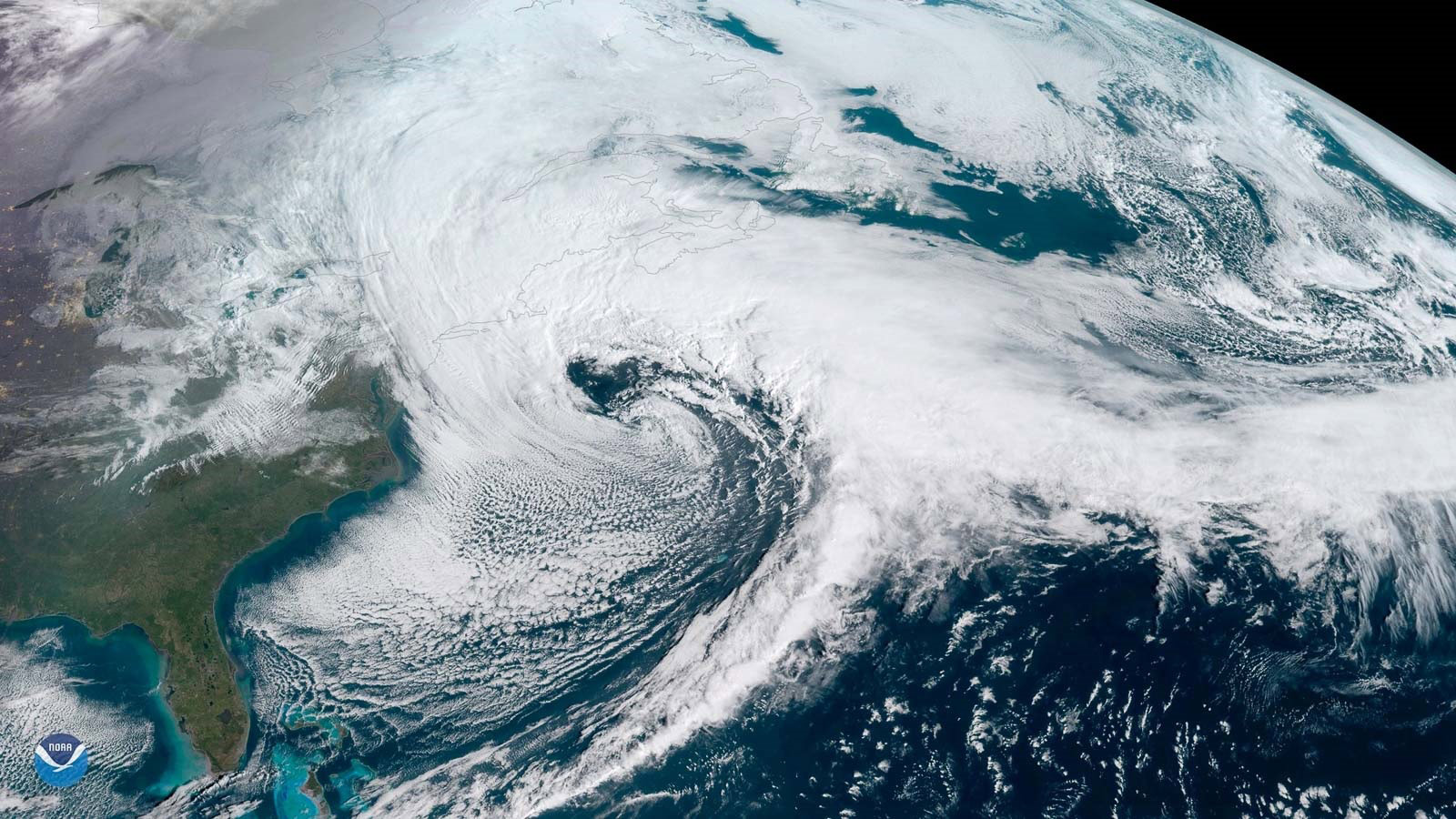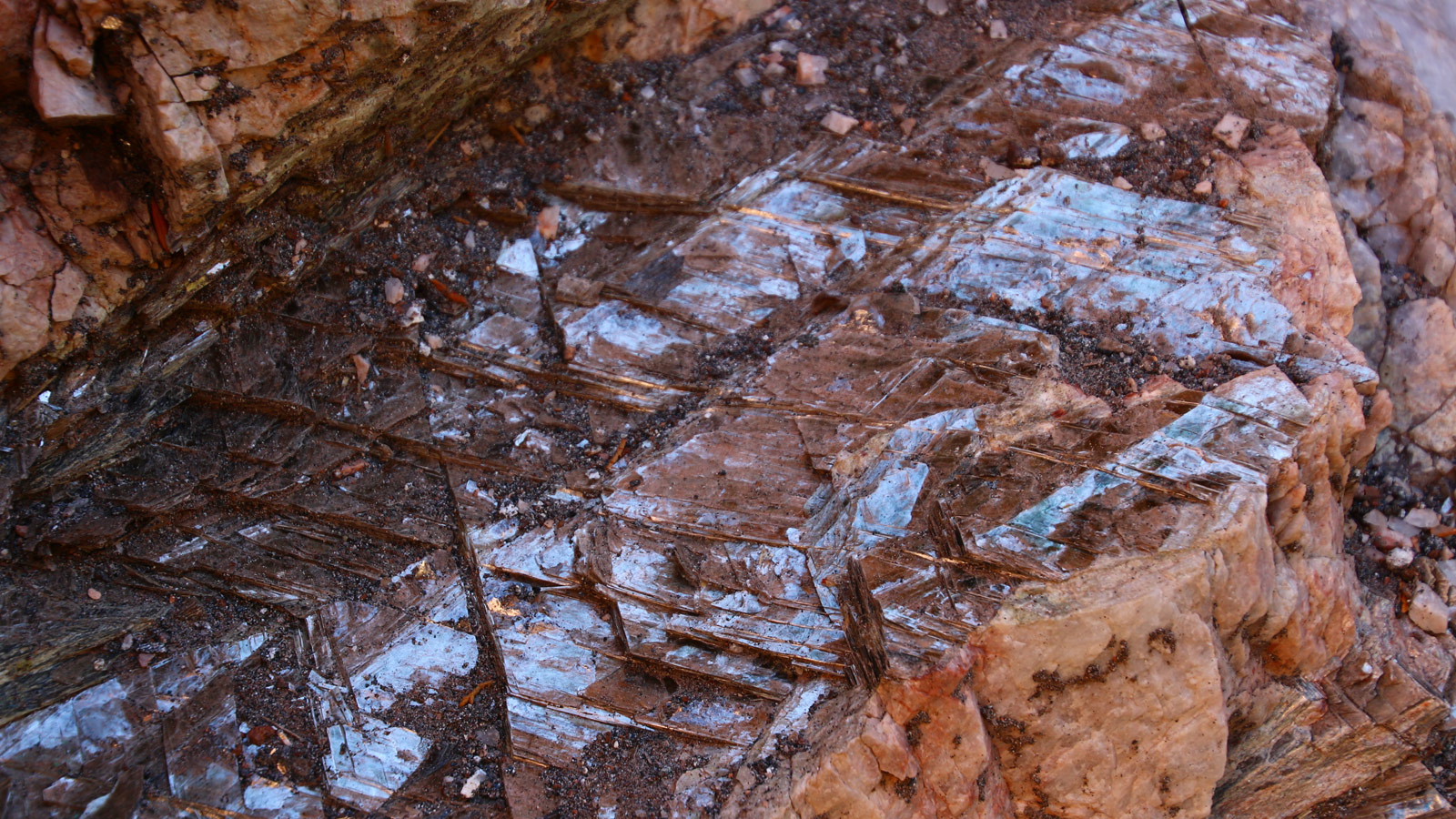Innovative Argonne models predict effects of climate change on nor’easters in Delaware waters
Nor’easters, the fierce winter storms that attack the coast from Massachusetts to North Carolina, create storm tides and surges that can cause extreme flooding. A research team led by coastal and geophysical scientist William Pringle at the U.S. Department of Energy’s (DOE) Argonne National Laboratory leveraged a unique combination of high-resolution models to predict the effect of nor’easters, particularly those occurring in Chesapeake Bay and Delaware Bay.
The team sought to learn whether climate change plays a significant role in how the storms evolve and to predict surges in future decades. The findings could help cities and regions along the East Coast develop strategies for limiting damage caused by associated events.
The team combined several Argonne-developed, high-resolution model projections, many of which had been applied in earlier studies to future drought, wildfire, hurricanes and other weather-related events.
DOE supercomputers enabled researchers to capture a more detailed assessment of cyclone frequencies and intensities and their associated storm surges.
Their computational resources came from Argonne’s Laboratory Computing Resource Center, the Argonne Leadership Computing Facility (ALCF) and the National Energy Research Scientific Computing Center (NERSC) at DOE’s Lawrence Berkeley National Laboratory. ALCF and NERSC are DOE Office of Science user facilities.
University of Delaware/UIC scientists study mica’s behavior to improve water purification
To better understand environmental processes and the effects of pollution, scientists track the movement of elements, particularly where water and rock-forming minerals meet and interact. Argonne researchers, collaborating with geochemists at the University of Delaware and the University of Illinois at Chicago, have explored chemical interactions at the interface between water and mica, a flat mineral commonly found in granite, soils and many sediments. The team looked at the capture and release of the metal rubidium at the water–mica interface, flowing a rubidium-containing solution over mica.
The team found that rubidium ions “clung” to the mica’s surface, much the way lint clings to clothing. How strongly the ions clung depended chiefly on the number of water molecules between the mica’s surface and the rubidium — the fewer the water molecules, the tighter the cling. Using Argonne’s Advanced Photon Source, a DOE Office of Science user facility, the team could observe how the degree of hydration — and hence the binding strength — of rubidium changes as it attaches and detaches.
Understanding rubidium’s behavior at the molecular level can help scientists design new chemical processes to improve water purification, boost energy storage or understand how chemicals are transported in soil and groundwater.


